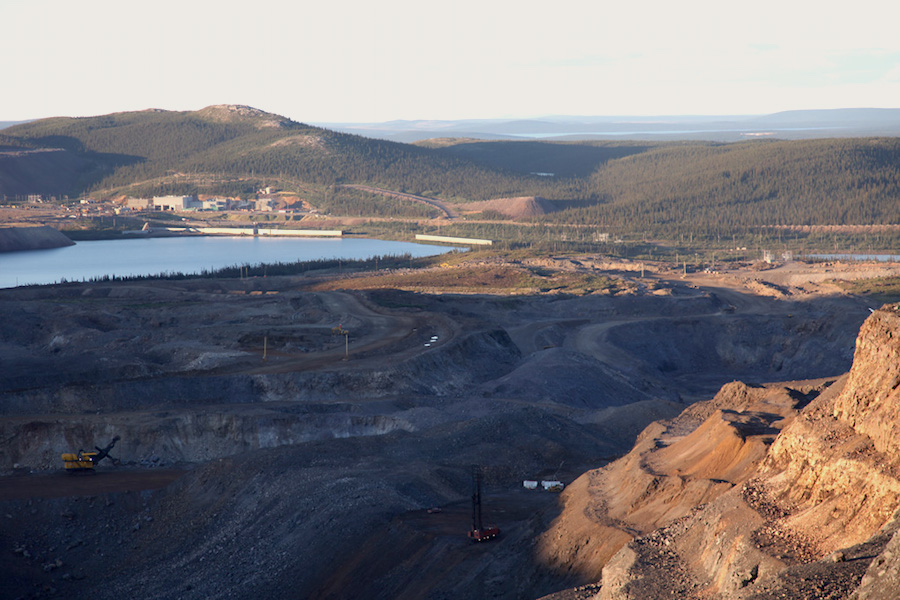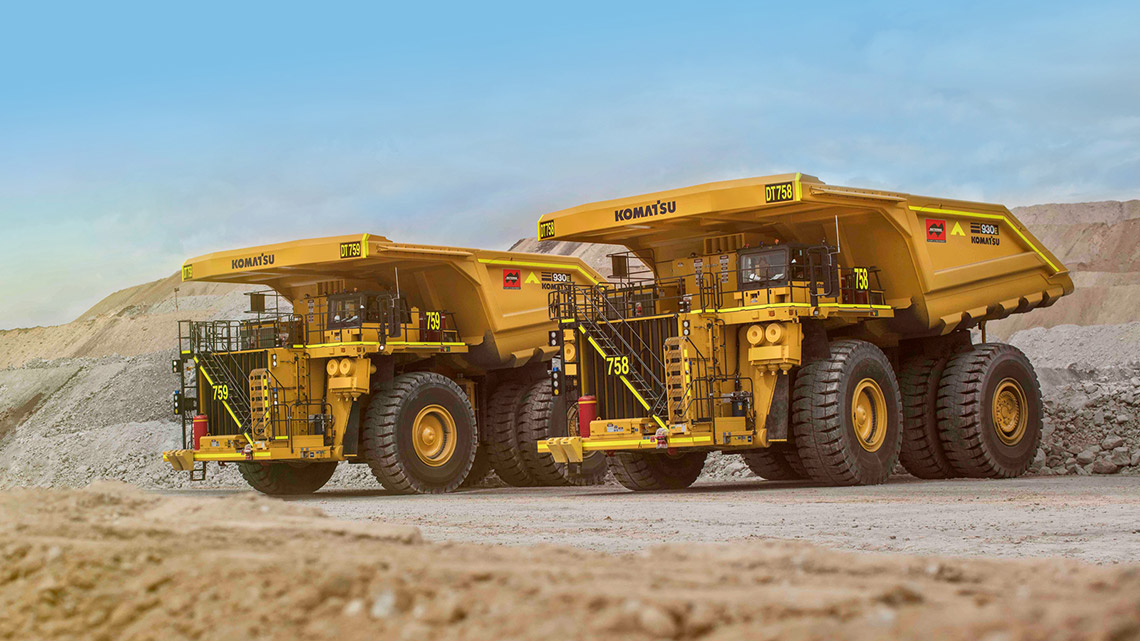Rio Tinto cuts Canadian iron ore guidance

Rio Tinto (ASX: RIO) has once again cut production targets for its iron ore operations in Canada, citing extended plant downtime and conveyor belt failures.
Output from the Iron Ore Company of Canada (IOC), in which Rio has a 60% interest, is now expected to reach 9.3 million tonnes to 9.8 million tonnes, down from the 10 to 11 million tonnes Rio Tinto set in July.
“Operations at IOC were impacted by extended plant downtime and conveyor belt failures, while we also recovered from wildfires which took place in Northern Quebec in the prior quarter,” the company said in a statement.
Rio Tinto noted that shipments may remain disrupted until year-end, as repairs are carried out on the sections of the rail line that were damaged by the fires.
The issues drove IOC’s production down 14% year-on-year in third-quarter to 2.4 million tonnes.
The IOC’s mine in Newfoundland and Labrador produces relatively clean iron ore output, which commands a premium. The company also runs a pelletizing plant, which produces small balls of iron ore used in the production of steel.
IOC also operates port facilities located in Sept-Îles and runs a 418-kilometre railroad that links the mine to the port.
Rio Tinto, the world’s largest producer of iron ore, said prices of the commodity improved in the third quarter of the year, compared to the three previous months, as top consumer China boosted its stimulus efforts.
Iron ore accounts for the lion’s share of Rio Tinto’s profit and the company is on track to meet the higher end of its Western Australian export target of 320 million tonnes to 335 million tonnes for 2023.
Overall, Rio Tinto’s iron ore production for the quarter remained unchanged at 73.2 million tonnes.
More News
{{ commodity.name }}
{{ post.title }}
{{ post.date }}



Comments